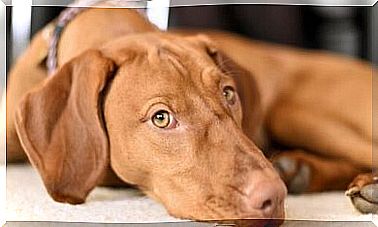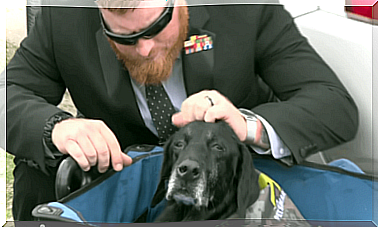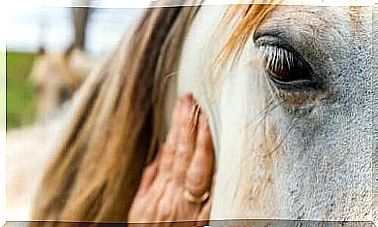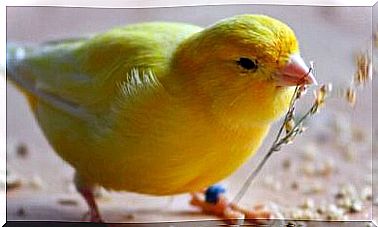Emergencies That Often Occur In Cats After Birth
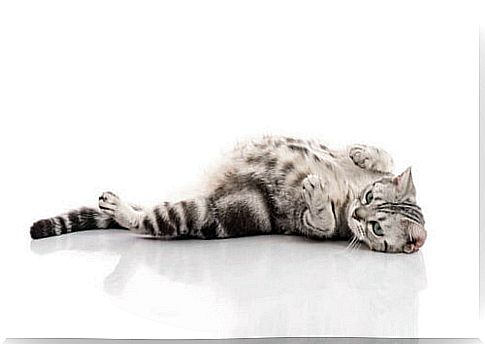
As soon as the gestation period is over, many pet owners take a deep breath. However, complications can still occur after the birth. In fact, there are a number of postpartum reproductive emergencies that can occur more or less frequently in domestic cats .
Therefore, you should pay close attention to possible signs of illness, especially if this not only endangers the mother, but also her litter.
If you have the slightest suspicion that your cat has any of these conditions, the best thing to do is to see a veterinarian. This is how you ensure that a specialist assesses the condition of your cat and its babies and takes appropriate measures if necessary.
Emergencies that often occur in cats after birth
In the following we describe the most common postpartum reproductive emergencies in domestic cats, i.e. those complications that can occur after birth .
Metritis (inflammation of the uterus) after giving birth
As the name suggests, it is inflammation of the uterus that is usually accompanied by a bacterial infection. The most common causes are usually the following:
- A long birth process
- False uterine involution after childbirth
- Placental or fetal retention
- Obstetrics
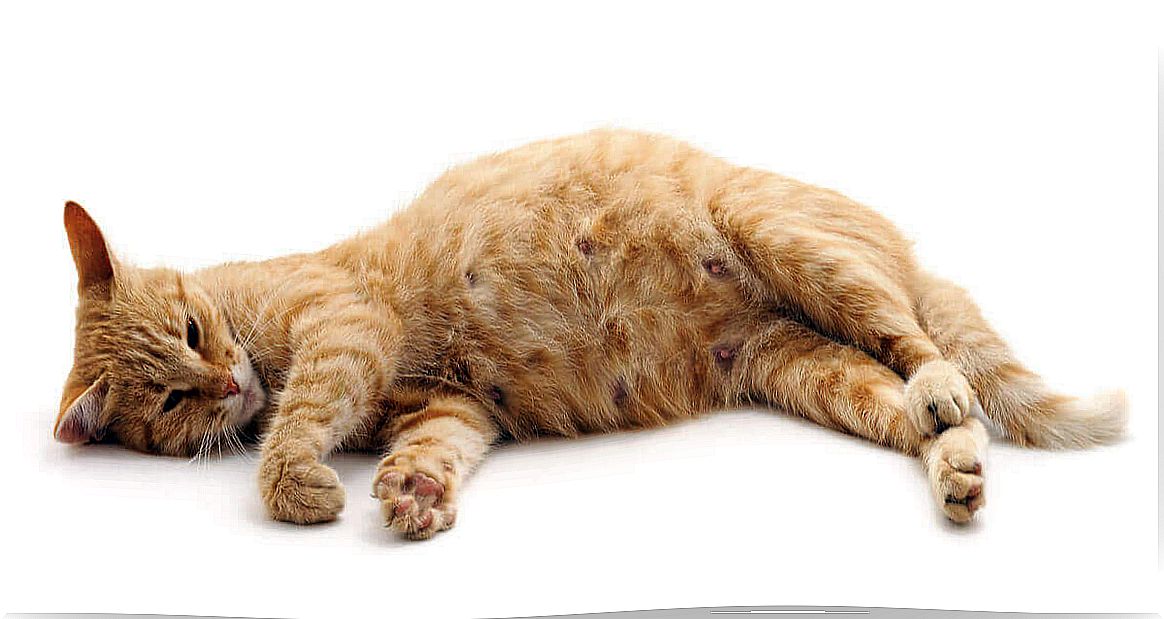
Symptoms
The most common symptom is that after birth the cat has an abnormal vulvar secretion with pus and blood. If you feel the abdomen, you will find that the abdomen is enlarged and full of fluid. In addition, the cat will be apathetic and weak.
treatment
First, the vet stabilizes the animal with an infusion and antimicrobial therapy. He will then remove the infectious contents from the uterus. To do this, the uterus is flushed with a saline solution from the cervix. In addition , your vet may also choose to drain the uterus by administering oxytocin, which stimulates contraction.
Postpartum septic mastitis
Mastitis is an infection of the teats. In most cases, the pathologies are minor. However, acute septic mastitis can be very serious.
With this pathology, bacteria ( Escherichia coli , Staphylococcus spp . Or Streptococcus spp. ) Invade through the teats during suckling. This can affect one or more glands and cause heat, swelling, and pain. In addition, discoloration of the skin around the teats can occur.
treatment
If the vet prescribes oral antibiotics, it must be done carefully if the cat continues to breastfeed its babies. Why? Because many of these substances can be excreted in milk. In acute septic mastitis it may be necessary to stop breastfeeding and feed the kittens with substitute products.
Placental / fetal retention
While this pathology is of great concern to cat breeders, it is rather uncommon and does not occur very often in domestic cats. In most cases, the suspicion is unfounded because the placenta is not expelled immediately after each kitten is born.
Symptoms
The female may excrete a green, foul-smelling vulvar discharge for several weeks after birth. In addition, her general health will deteriorate, which can result in her being unable to breastfeed her kittens.
To confirm the diagnosis, the veterinarian will perform an endoscopic ultrasound scan. This is because the symptoms are not pathognomonic, or in other words not obvious or generally the same. In fact, palpation of the abdomen can give false positive results. This is because the normal postpartum uterus may have sections that are more dilated than others.
treatment
In the most severe cases, it is septic shock and the removal of the infected tissue is imperative. Therefore , the cat needs repeated administrations of oxytocin to effect expulsion of the retained placenta. While this will fix the problem, the animal must still continue with the antimicrobial treatment.
The problem is that when the retention is very advanced, the effect of oxytocin in the uterus is much weaker and therefore the clinical effect is minimal. In these cases , doctors will consider using prostaglandins. As a last resort, professionals will perform a hysterectomy. In other words, complete removal of the uterus.
Uterine prolapse
A prolapse of one or both uterine horns is rare, even in domestic cats. Even so, it can happen after childbirth or miscarriage in cats of any age. The etiology is unclear, but it is related to the following aspects:
- Damaged pelvic muscles.
- Uterine atony (lack of strength in the muscles of the uterus).
- Uterine trauma.
- A difficult birth – in other words, the birth process was unusually difficult, long, or very arduous.
Symptoms
If a cat has recently given birth or miscarried, veterinarians may suggest the cause. In addition, prolapse can usually be seen through the vaginal opening and the cat will continue to have abdominal contractions. The most serious consequence is that the cat will suffer trauma or even mutilation from the prolapse of the uterus.
treatment
In this case, too, the veterinarian must first stabilize the cat with an infusion. He or she will then perform an operation to reintroduce the protruding uterus. If the uterine vessels are seriously compromised, the veterinarian must perform an ovariohysterectomy. In other words, the surgical removal of the ovaries and uterus.
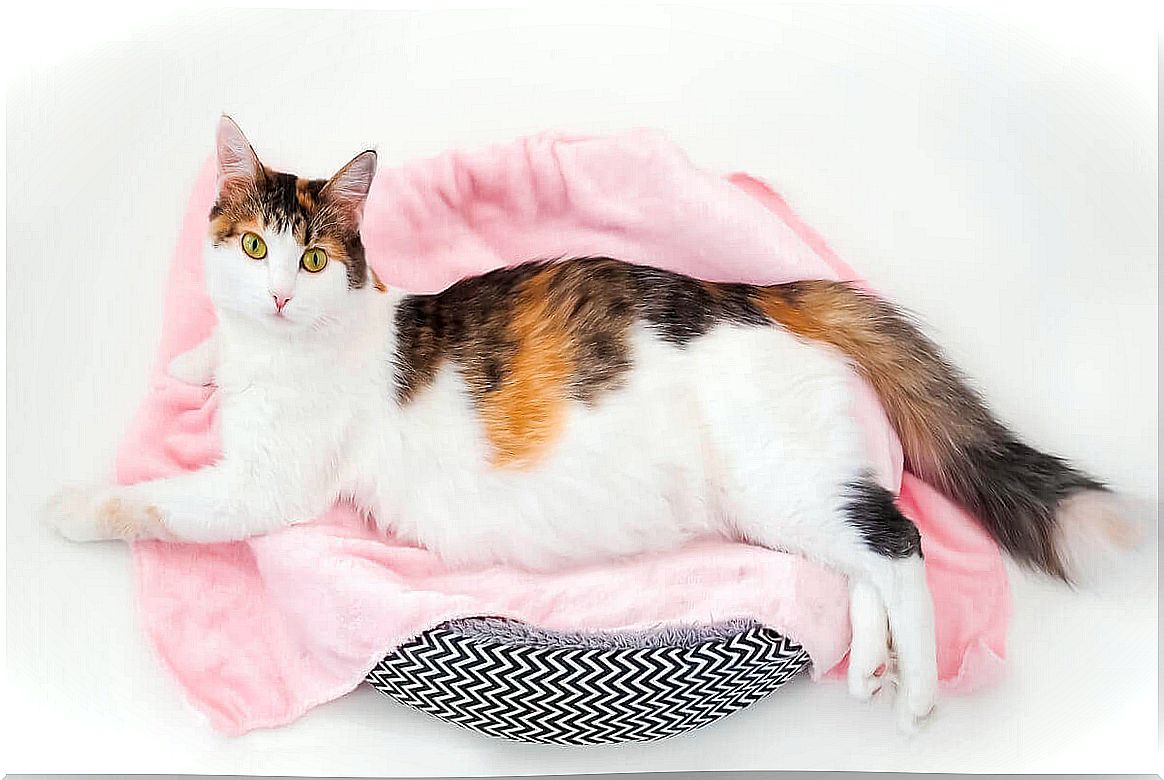
As you can see, postpartum reproductive emergencies are rare, but they can still occur in domestic cats. It is important that you know how to recognize them. Because then you can react quickly and immediately take your cat to a veterinarian who will then treat it professionally.

